Annual Audit Planning 2026: How to Build a Risk-Based Audit Plan That Actually Works
Annual audit planning should be one of the most strategic exercises your organization undertakes each year. For 2026, that is especially true. Regulatory scrutiny continues to increase, partner banks are asking deeper questions, and products, technology, and...
Turning 2025 Pain Points into 2026 Opportunities: Lessons from Exams, Audits, and Incidents
2025 likely left your organization with a familiar list: exam comments, audit findings, incident reports, and complaint themes that had to be addressed under tight timelines. Most organizations remediate each item, close the loop, and move on - but if that’s where the...
Compliance Goals for 2026: Five Priorities Every Community Bank and Fintech Should Set Now
As 2026 approaches, many compliance teams are feeling the squeeze from all sides. Regulatory expectations continue to evolve, partner banks are asking deeper questions, products and features are changing faster than ever - and resources haven’t exactly grown to match....
Compliance Culture as a Strategic Advantage
As financial institutions and fintechs prepare for the evolving regulatory landscape of 2026, one theme stands out above all others: a strong compliance culture is no longer optional - it’s a strategic necessity. Regulators and partner banks increasingly evaluate not...
Why Year-End Compliance Program Preparation Matters
As the year winds down, banks, credit unions, and fintechs face one of the most important periods in the compliance cycle: the year-end review. Regulators, auditors, and partner banks rely heavily on annual updates to assess an institution’s overall compliance program...
When the Alarm Sounds: Building an Effective Cyber Incident Response Plan
In today’s digital-first financial playground, cybersecurity incidents are no longer a matter of if - but when. From ransomware to credential theft to system outages caused by vendor failures, every organization faces the risk of disruption. For fintechs and financial...
The New Face of Cyber Risk in 2026
As digital transformation accelerates across the financial landscape, cybersecurity threats has become both a cornerstone of trust and a constant source of concern. Organizations - whether fintechs building next-generation platforms or traditional institutions...
Fintech-Bank Partnerships: Balance Innovation and Compliance
Fintech–bank partnerships have become the engine driving innovation in financial services. From digital banking apps to buy-now-pay-later platforms, fintechs depend on sponsor banks to deliver regulated products at scale. But with opportunity comes risk: regulators...
Building Compliance Agility: Preparing for Tomorrow’s Risks Today
The regulatory environment is evolving faster than ever, driven by new technologies, shifting consumer expectations, and heightened oversight. Yet many organizations still rely on static, check-the-box compliance programs that struggle to keep up. To stay ahead,...
Training for Loan Officers: Recognizing and Preventing Discriminatory Practices
Loan officers are on the front lines of lending. Every interaction, every decision, and every exception they make can directly impact whether an institution is upholding its fair lending obligations - or exposing itself to risk. Because loan officers often exercise...
Fair Lending Enforcement Trends: What We’re Seeing in 2025
Fair lending remains one of the most active areas of regulatory enforcement, and 2025 is shaping up to be a year of even closer scrutiny. Federal agencies - including the CFPB, DOJ, OCC, FDIC, NCUA, and HUD - are sharpening their focus on practices that could create...
Detecting and Addressing Bias in Your Underwriting and Pricing Models
Underwriting and pricing are at the heart of lending decisions - and two of the most common areas where fair lending risk emerges. Whether your institution relies on manual decision-making, automated scoring models, or a combination of both, bias can unintentionally...
5 Top Findings in Fair Lending Audits – And How to Avoid Them
Fair lending compliance remains a top priority for regulators - and a growing concern for financial institutions of all sizes. Whether you're a community bank, credit union, or fintech lender, regulators like the CFPB, DOJ, and prudential regulators expect your...
Future-Proofing Your Compliance Program: 6 Strategic Moves to Make Now
In today’s regulatory environment, change is constant - and accelerating. From evolving consumer protection rules and increased scrutiny on third-party partnerships, to the growing presence of AI, crypto, and real-time payments, financial institutions and fintechs...
The Role of Internal Audit in Preparing for Regulatory Shifts
In today’s rapidly evolving regulatory landscape, financial institutions can’t afford to be caught off guard. From shifts in BSA/AML expectations and UDAAP enforcement to emerging areas like AI governance, ESG disclosures, and crypto oversight, regulators are making...
Best Practices for Tracking and Implementing Regulatory Changes
In today’s regulatory environment, change is accelerating. Financial institutions and fintech companies face an evolving patchwork of rules from federal and state regulators, each with its own expectations, timelines, and interpretations. From new consumer protection...
5 Tools and Services that Are Reshaping Compliance
In today’s fast-paced regulatory environment, staying compliant includes building an ecosystem of tools and partnerships that support scalable, efficient, and audit-ready operations. As financial institutions and fintech companies navigate evolving expectations from...
Building a Risk-Based Audit Plan: Maximize Efficiency, Minimize Disruption
Audit programs shouldn’t be driven by tradition - they should be driven by risk. Many organizations still follow fixed audit cycles that allocate the same level of scrutiny to every department or function, regardless of risk level. While this approach may seem...
5 Practical Steps to Boost Internal Audit Efficiency
Internal audit efficiency are essential for maintaining compliance, identifying risk, and strengthening internal controls - but too often, they become time-consuming, disruptive, and resource-draining. Between tracking down documentation, managing cross-departmental...
How Leveraging the Right Audit Firm Can Save You Time, Money, and Stress
Audits are a critical part of maintaining a strong compliance program, but for many organizations, they can feel overwhelming, time-consuming, and costly. From gathering documentation to managing internal disruptions, a poorly executed audit can quickly spiral into a...
The Importance of Ongoing Due Diligence: What Triggers It and How to Respond
In today’s evolving risk environment, customer due diligence doesn’t end once an account is opened. Regulatory expectations—and practical risk management—require organizations to perform ongoing due diligence to monitor customer activity over time and respond to...
What Makes an Effective Independent BSA/AML Audit?
Whether you're a financial institution or a fintech company, regulators expect your BSA/AML audit to go beyond the basics and provide a comprehensive, risk-based evaluation of your program's effectiveness. Yet not all audits are created equal. A generic checklist or...
The Ultimate Guide to Building a Strong BSA/AML Compliance Program: Core Components Every Organization Needs
Financial institutions and fintechs are under increasing pressure from regulators to implement effective systems that detect and prevent money laundering, terrorist financing, and other illicit activities. A single breakdown in compliance can result in significant...
The Importance of Risk Assessments in a Comprehensive Risk Management Strategy
Risks are everywhere - cyber threats, regulatory challenges, operational inefficiencies, and market fluctuations. Each of these risks, if left unaddressed, can lead to severe consequences, from financial losses to reputational damage. But how can organizations...
Top Risk Management Trends in 2025
As the risk landscape evolves, organizations face increasing challenges in managing threats that are becoming more complex, diverse, and difficult to predict. From regulatory changes to cybersecurity threats, the stakes are higher than ever before. Staying ahead...
14 Ways to Enhance Risk Management Processes in 2025
Risk management is the backbone of any successful organization. With regulatory landscapes constantly evolving, emerging threats like cybersecurity breaches and fraud, and heightened scrutiny from regulators, having a robust risk management process is essential. Yet,...
Top Audit Priorities for Community Banks in 2025
Community banks are the backbone of local economies, providing essential financial services to individuals, families, and small businesses. However, their pivotal role comes with unique challenges, including increasing regulatory scrutiny, evolving compliance...
Internal Audit Tips to Start 2025 Off Right
If you're looking for proven internal audit tips to start the year with a bang, then you're at the right place. As we enter 2025, financial institutions are navigating an increasingly complex regulatory landscape. With heightened scrutiny from regulators and evolving...
The Ultimate Checklist for Selecting an Internal Audit Firm
Selecting an internal audit firm, especially the right one - is one of the most critical decisions a financial institution or fintech company can make. A strong audit partner doesn’t just check boxes for compliance—they provide the insights and strategies needed to...
Top Audit Pitfalls to Avoid in 2025 [+ Practical Strategies to Overcome Them]
As we step into 2025, financial institutions are facing an ever-evolving regulatory landscape that demands proactive preparation and a laser focus on compliance. Audits are a critical tool for identifying risks, ensuring adherence to regulations, and maintaining...
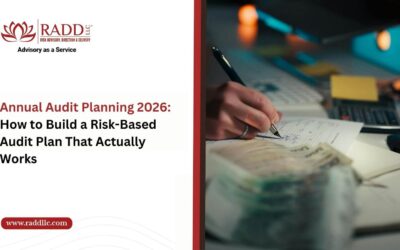
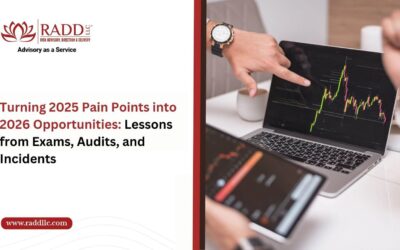

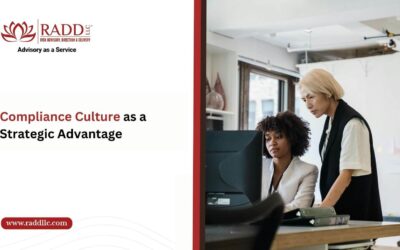




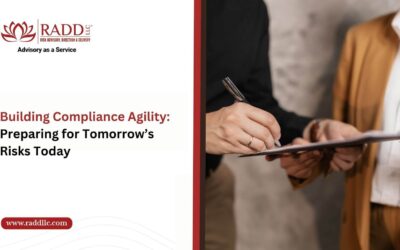





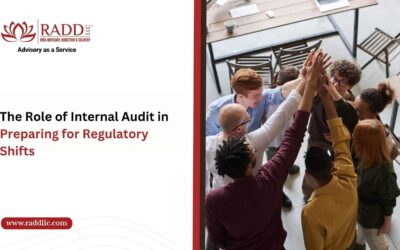
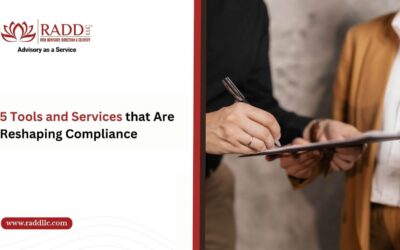

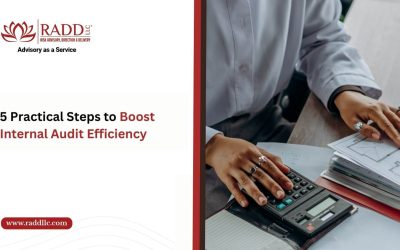
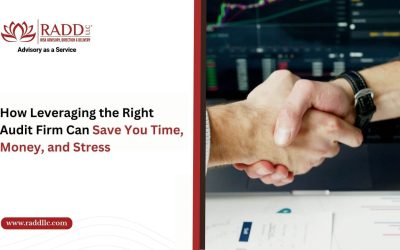

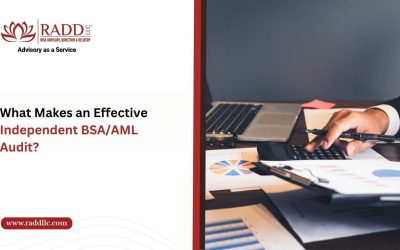
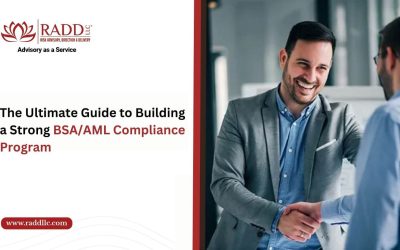
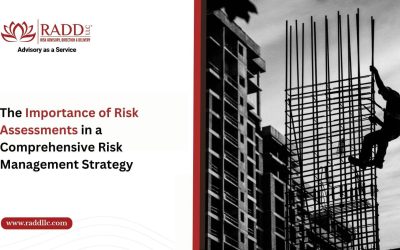
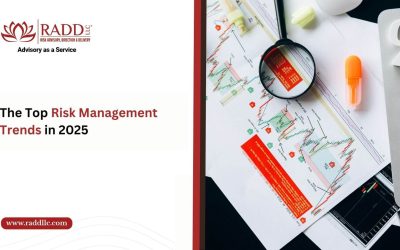
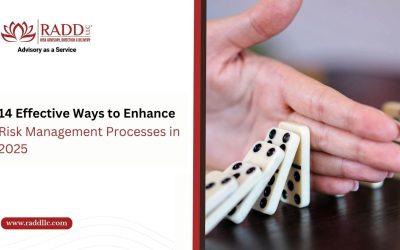
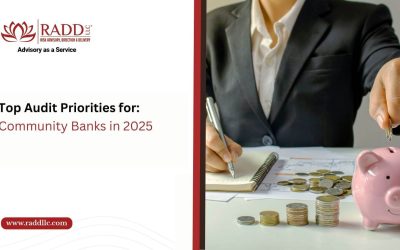
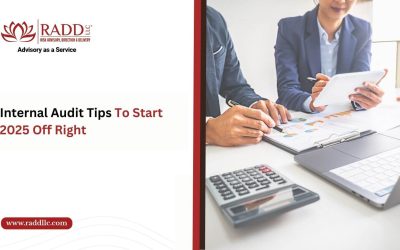
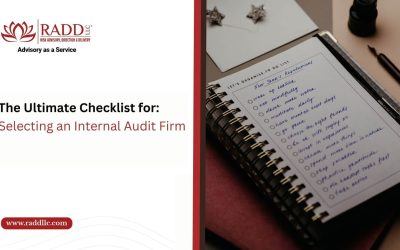
![Top Audit Pitfalls to Avoid in 2025 [+ Practical Strategies to Overcome Them]](https://raddllc.com/wp-content/uploads/2025/02/Audit-pitfalls-to-avoid-in-2025-400x250.jpg)